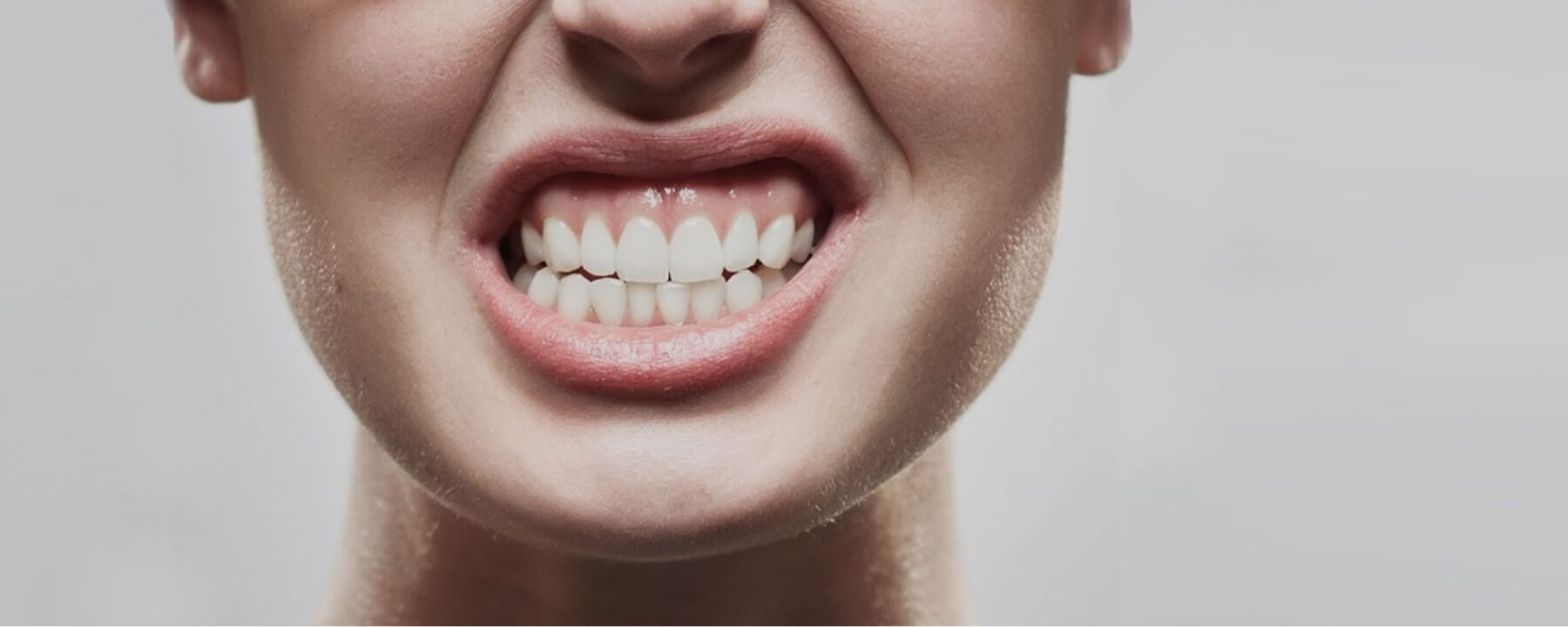
03 Jan Orthodontic therapy, is it stable?
WHY DO MY TEETH MOVE AFTER ORTHODONTIC THERAPY?
When orthodontic force is applied to the tooth, pressure is produced in the alveolus, creating a resorption zone and an apposition zone. It is a constant bone remodeling and that is why retention must be placed once the orthodontic therapy has been completed to avoid recurrence.
Recurrence is defined as the loss of any correction achieved through orthodontic treatment, that is, it is the return of the teeth to their position prior to orthodontic treatment.
There are two levels that mark the minimum retention time to avoid recurrences:
First of all, the periodontal ligament reorganizes itself in 3-4 months after the application of forces is finished.
Secondly, the collagen fibers of the gingiva take 4 and 6 months and the supracrestal elastic fibers can take up to a year to reorganize after treatment.
It has been investigated that it is necessary to leave the retention fixed for at least one year after orthodontic treatment so that all the fibers are reorganized and the teeth do not move.
The principles of retention after orthodontic therapy
• – Daily retention for 8 hours because the teeth tend to recede into their
start position.
• – Allow freedom of teeth for ligament reorganization
periodontal, that is why fixed retentions of the whole mouth are not performed.
• – Minimum retention of 12 months in patients who have stopped growing, if still
There is growth left, you have to leave it longer.
Treatment with removable or fixed retainers is stabilized.
Removable retainers:
HAWLEY PLATE: is a removable appliance with vestibular arch and palatal resin. They are very comfortable and you don’t have to wear it all the time.
ESSIX (vacuum): is the one that is placed the most. It has some drawbacks such as the thickness of the material, it does not control the overbite and replacement at 9 months because they break down.
Fixed retainers keep incisors aligned until completion of growth, maintain closure of gaps, maintain space for a pontic, and keep extraction spaces closed in adults.
There are certain movements that tend to relapse, such as rotation. The retainer has to rest on the teeth passively otherwise it could cause tooth movement, therefore the fibers have a tendency to rotate again.


